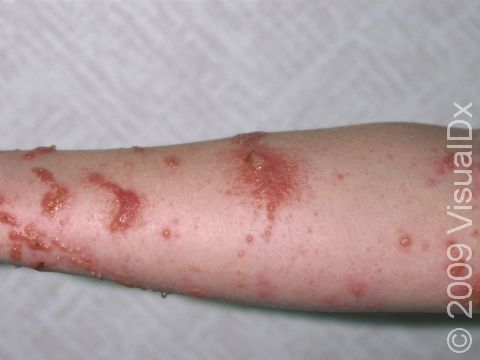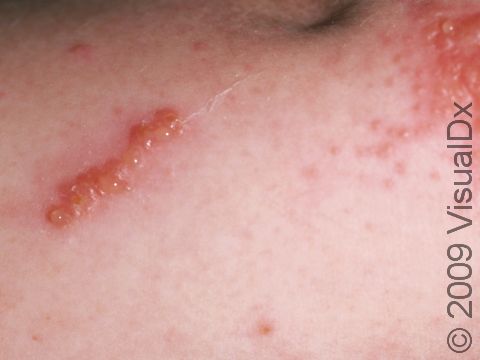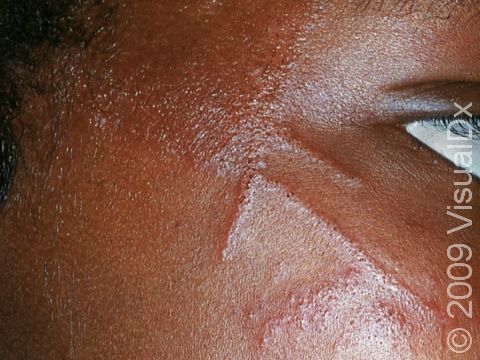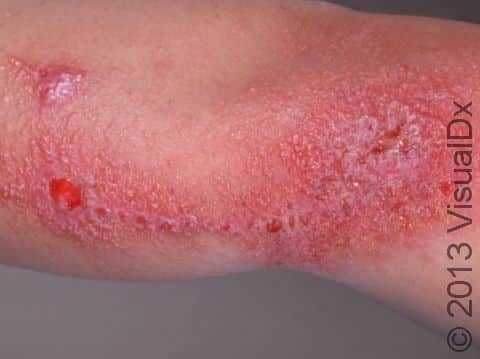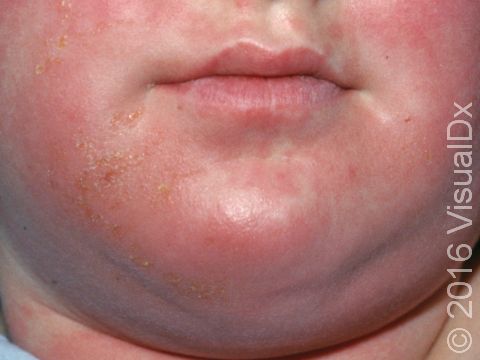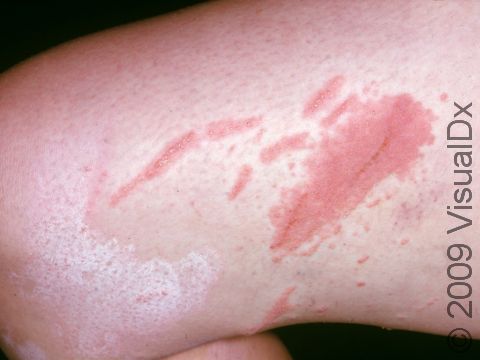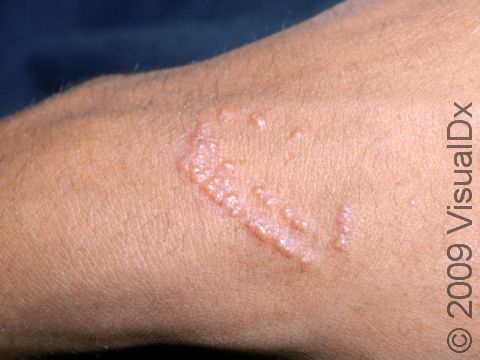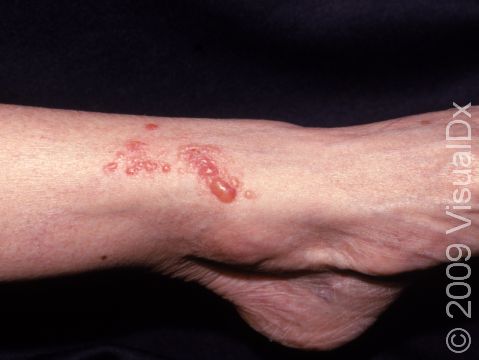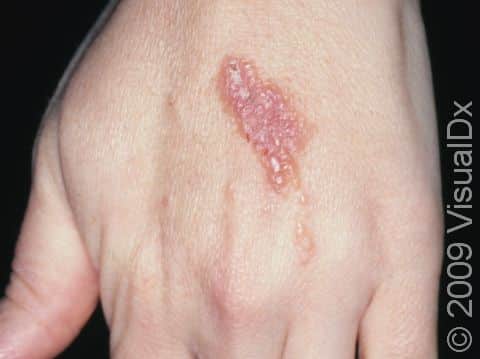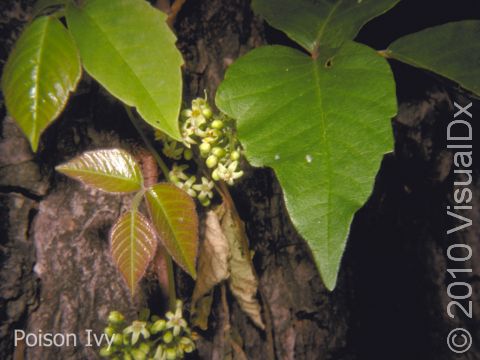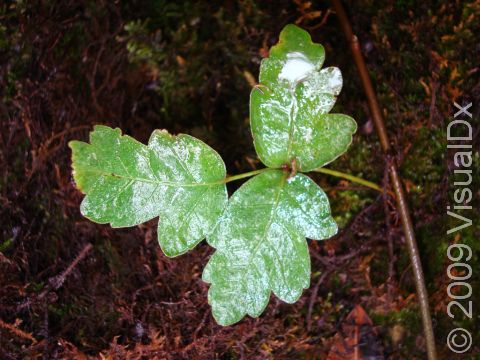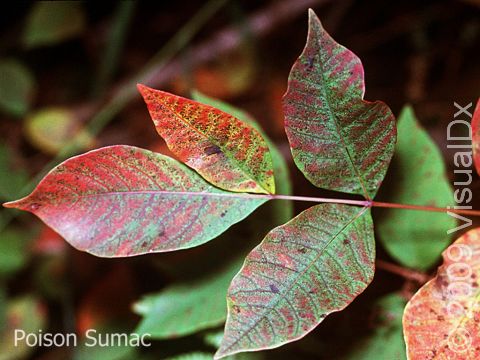Poison Ivy, Oak, and Sumac
Poison ivy, poison oak, or poison sumac dermatides are all reactions to the oil (called urushiol) found on the leaves, stems, and roots of poison ivy, poison oak, and poison sumac plants.
- People typically have itchy bumps (papules) and blisters (vesicles).
- Itching can be intense, and secondary bacterial infection can result from scratching.
- Scratching does not spread lesions; the lesions with the most antigen appear first and then, as the immune response increases, lesions with less antigen begin to erupt.
- Skin lesions usually begin to appear after 48 hours of initial exposure.
- Symptoms are usually related to severe itching.
Who's At Risk?
Poison ivy, poison oak, and poison sumac may affect people of all ages.
Signs & Symptoms
- Poison ivy, poison oak, and poison sumac can occur anywhere on the body where the exposure to the plants has occurred.
- Linear red and brown-red, raised areas and blisters are noted. Crusted lesions may be seen.
- A “black dot variant” has been described. (The oil from the plant leaves a black dot on the skin.)
- Extreme facial swelling (edema) may be seen if there is significant exposure to the face.
Self-Care Guidelines
- It is important to use soap and water to wash all potentially exposed areas since the oil of the poison ivy, poison oak, and poison sumac plants adhere to the skin.
- Once the oil has been washed off, there is no risk of spreading poison ivy, poison oak, or poison sumac to other parts of the body.
- Be sure to wash any garments potentially exposed to the oil as well.
- Soothing oatmeal baths (such as Aveeno® Skin Relief Bath Treatment) and calamine lotion may be helpful in relieving symptoms.
- Wear protective clothing (eg, pants and long-sleeved shirts) and barrier cream (Ivy Block™) applied 15 minutes before potential exposure to avoid future reactions.
Treatments
Your physician may prescribe:
- In severe cases involving large body areas, a 14–20 day course of oral steroids (prednisone).
- In cases with more limited skin involvement, medium- to high-potency topical steroids may be used to treat the trunk and extremities, while low-potency topical steroids may be prescribed to treat the face and skin fold areas.
- Oral antihistamines may be prescribed for itching.
- Topical or oral antibiotics may be needed if an infection is suspected.
Visit Urgency
Seek medical evaluation for a rash that does not respond to self-care measures or appears to be flaring or worsening.
Trusted Links
References
Bolognia, Jean L., ed. Dermatology, pp.227-229. New York: Mosby, 2003.
Freedberg, Irwin M., ed. Fitzpatrick’s Dermatology in General Medicine. 6th ed, pp.1167-1168. New York: McGraw-Hill, 2003.
Disease Groups:
New Itchy Skin Rashes in Adults
Last modified on October 10th, 2022 at 4:57 pm

Not sure what to look for?
Try our new Rash and Skin Condition Finder
